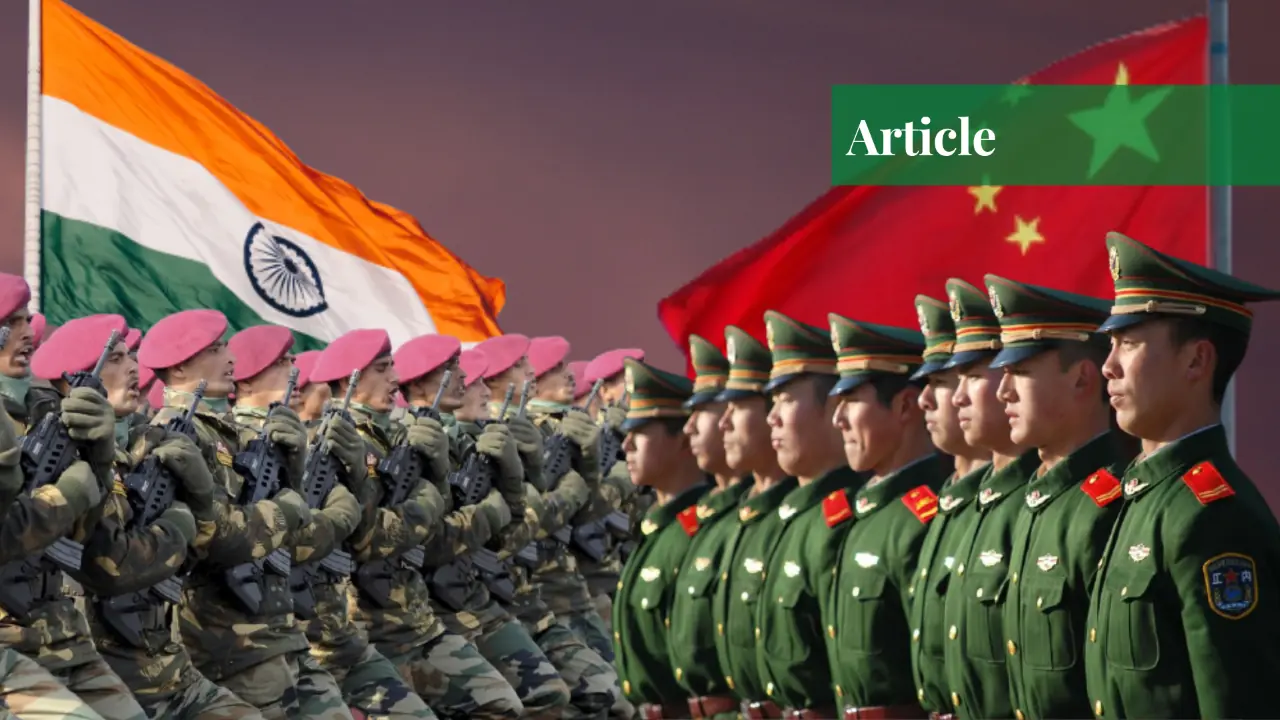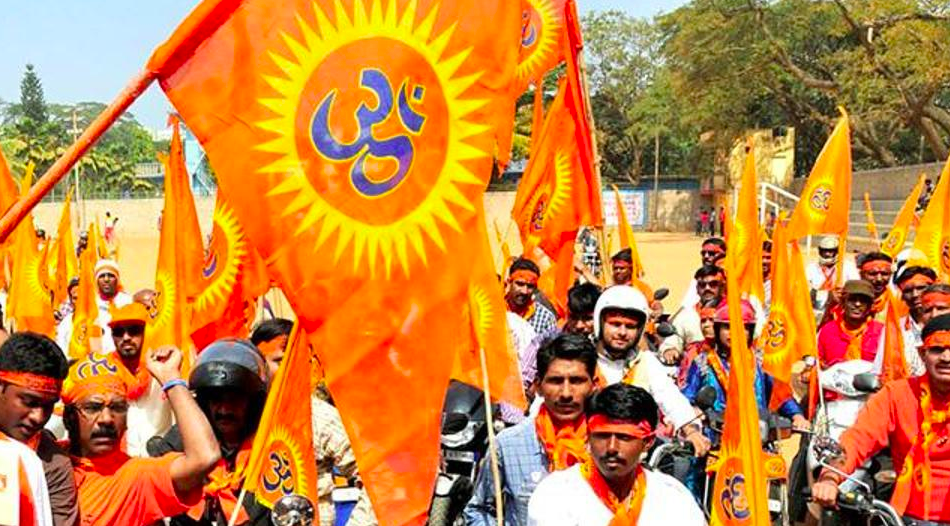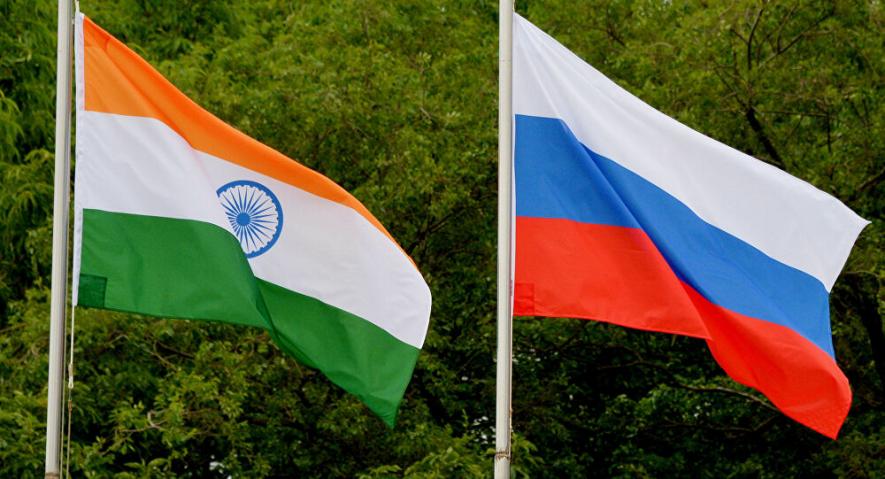India’s strategy towards China involves a combination of diplomatic engagement, economic cooperation, and military preparedness. On the diplomatic front, India has sought to strengthen its relationships with other countries in the region, such as Japan and Australia, as a counterbalance to China’s growing influence. Economically, India has sought to expand trade and investment ties with countries in the region, while also reducing its dependence on Chinese imports. In terms of military preparedness, India has increased its defence spending and modernized its armed forces to better deter potential aggression from China. However, the border disputes between the two countries have been a major source of tension in recent times.
Rajnath Singh has become a “no war” convert. He recently stated, “India has never supported the war. It is our practice… Even if we oppose war, if it is imposed upon us, we will fight. We are working to defend the country from any dangers. Our military is prepared.”
He is limited in his options as Narendra Modi’s defence minister. “Today’s period is not one of war,” was the phrase Modi used, carefully chosen by the West for its purposes. Modi was just acting on his national security adviser’s recommendations. War as a potential national security policy option has been downplayed by Ajit Doval. He believed that war, as it is often seen as an arms race, is expensive. Today’s wars undermine civil society. The war was still being fought, only in a new way.
General M.M. Naravane, a former army chief who is better knowledgeable about the actively fought and ongoing battle in Eurasia known as the Ukraine War, disagrees and asserts that “a conventional war might happen, and we need to be operationally ready for it.” It highlights the disagreement within the national security establishment over whether war is only fought when it is forced upon one or broadens the possibilities for strategic decision-making that he was not named chief of the defence staff despite being a front-runner.
Curiously, war is still considered a viable option for Pakistani strategy. Recognizing the risks, a military affairs analyst urges Modi to urge Russian President Vladimir Putin to “pay regard to his own words,” saying that “that phrase applies as much to South Asia as it does to Europe.” The social, economic, and human consequences of war are too great for Indians to bear.
His worry was raised by India’s attempt to divert attention away from its crisis with China by launching bombastic attacks on Pakistan. We have only started travelling north… (to) the remaining areas (of PoK), Gilgit and Baltistan, said Rajnath Singh, echoing cabinet colleague Amit Shah.
For its part, the Army obediently declared that it would obey its minister’s orders. But the fact that it assigned two of its top officials to the northern theatre shows more rhetorical fervour than is justified. This demonstrates that war is little more than a casual threat. The fact that war is not treated lightly is a plus.
In contrast, we might keep China on edge about what we could do militarily next. Rajnath Singh’s suggestion that we should satisfy China by promising that “we will go this far and no farther” is a bit of a stretch.
The strategy discussion
When a country can defend its legitimate interests in the event of conflict and is not forced to do so in order to prevent it, it is said to be secure. Once upon a time, territorial integrity qualified as a legitimate cause for war. This is even permitted by the UN Charter’s self-defence exclusion clause.
However, a hierarchy of demands, including the necessity for economic security, must be considered while evaluating a region. War becomes a matter of policy if it imperils economic interests. Then, other policy options that effectively address security take centre stage.
India seems to be an example of this. Even if its territorial integrity is in jeopardy, war’s minimal economic consequences seem to make it unavoidable. If there is conflict, India’s goals for 2047 might be derailed. India has thus turned to various “ways and methods” to address the challenge posed by China.
Although the problem is evident on a geographical level, the criticism claims that it is larger. According to a critic, this damages India’s reputation as a growing force vying for the top spot in the world system. He advocates that “India seriously explore negotiating an interim if not permanent, settlement based on the 1959 Claim Line and the McMahon Line” to moderate his proposal for a calibrated military response.
Although it is primarily a political problem, Rajnath Singh has been impermissibly dismissive of the military component. The political dilemma will only be emphasised by a military arrowless quiver. For a growing power, failing to defend territorial integrity has reputational repercussions.
Therefore, there is a cost associated with putting the military on hold until India gets its military under control. This cost must be compared to the economic expenses and the costs China incurs in deterring or preventing an Indian military response. The military component will then hold its own in a balanced plan, which it does not at the moment.
Despite being primarily a political task, Rajnath Singh should not have been so categorically dismissive of the military component. A political crisis cannot be made worse by a military arrowless quiver. A growing power’s prestige suffers if it is unable to defend its geographical integrity.
So there is a cost to putting the military on the back burner while India gets its military under control, even temporarily. This expense needs to be compared to the economic costs and the costs China incurs when confronting – or averting – a military response from India. The military component will then be able to hold its own, which is not the case at the moment, and a balanced approach will emerge.
A biassed approach
As a precedent for India’s withdrawal of buffer zones in Ladakh, he points to the removal of two posts by India at the Hathungla-Lungrola ridgeline in 1995 and the then-inactive government’s inaction in the face of Chinese incursions at Longju in Upper Subansiri in 1959. He finds it offensive that the recently established buffer zones are now being criticised.
Thus, he acknowledges that India has surrendered a crucial national interest, but he insists that Narendra Modi’s “political will” and the Indian Army’s “commitment to obstruct Chinese patrols” demonstrate that this was not a war-avoidance tactic but rather a component of a comprehensive plan. According to reports, Prime Minister Modi’s efforts to engage China have been consistent with India’s larger vision for the globe, which emphasises peaceful relations between neighbours and inclusive progress.
In other words, territorial integrity is not given the same priority as other national interests and must be protected without resorting to force, such as by encouraging China to treat its neighbours well by modelling such behaviour.
However, the DG is dubious, warning that China has a different objective: “to establish a China-centric hierarchy with scant respect for ideals of equality and multipolarity.”
India’s national security is at risk if the “Modi administration has failed to move them (the Chinese) militarily or diplomatically.”
Not only are we avoiding conflict to protect our country’s interest in maintaining territorial integrity, but also our chosen tactic – attacking Chinese patrols with sticks and stones while courting China’s goodwill – is not likely to succeed.
The conflict arises from China’s demands that we submit to its idea of a global hierarchy, Chinese dominance in Asia, and our anxiety over China’s lack of understanding of our sense of agency.
In conclusion, India’s strategy towards China is a complex and multifaceted one that involves diplomatic engagement, economic cooperation, and military preparedness. While there have been some successes in these areas, tensions between the two countries remain high and will likely continue to be a major concern in the coming years. We will further explore what the plan can ideally be in India’s strategy towards China.








